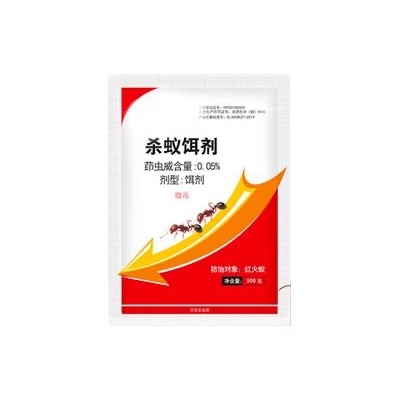Indoxacarb was first licensed for use in Spain in 1998 for horticultural crops and cotton. In 2000, insecticide products containing indoxacarb began its application in the pest control of vegetables and cotton in several African countries. In 2000-2001, indoxacarb was licensed in the United States and several European countries for the pest control of fruits, vegetables, cotton and crops. For indoor environments, indoxacarb can be used to make pest-killing gels or baits to control health pests such as termites, cockroaches, red imported fire ants and leeches. Its spray and bait products can be applied to control lawn pests such as worms, weevils and mole crickets. Indoxacarb does not produce cross resistance when it is used with pyrethroids, organophosphorus, carbamate and other insecticide ingredients. So, it is especially suitable for the comprehensive pest control and resistance management.




